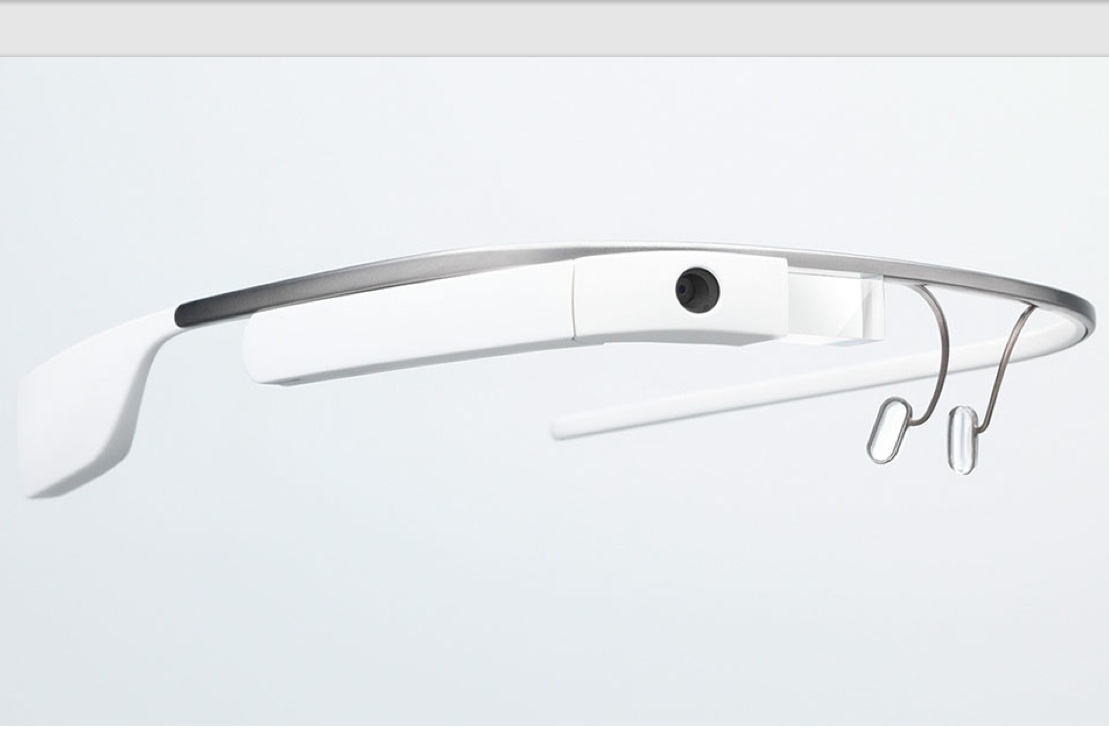When we talk about new technologies we often focus on the consumer aspects, in many ways the business and industrial applications are far more exciting with a potential to save lives and change workplaces.
This week on my regular tech spot with Ed Cowlishaw on ABC Riverland we explained Google Glass and speculated on what some of the applications for listeners could be.
During the discussion we ranged across the uses we might see for wearable technologies like glasses watches, jeans or even embeddable, vibrating tattoos. With electronics smaller and cheaper than ever, we’re at the stage where putting computers into almost anything is feasible.
Most of the focus around these technologies has been on the consumer aspects, but wearable technologies like Google Glass probably have more immediate uses in industrial applications ranging from transport and medicine across to farming and emergency services.
Emergency services
For emergency services devices like Google glass can be the difference between life and death, first responders at a road accident can quickly evaluate damage and the best course of action for rescuing survivors.
In firefighting, these technologies become incredibly valuable with protective suits being able to warn when conditions are becoming dangerous or the presence of hazardous materials and heads-up displays – which could be a Google Glass type device or a projection onto a firefighters visor – can be monitoring weather conditions, the safety of buildings or the state of supplies.
Police forces are already some way down the path of using these technologies with patrol cars and roadside detectors already monitoring number plates for unregistered and uninsured vehicles. Devices like Google Glass are going to help law enforcement use those technologies, particularly when coupled with facial and voice recognition.
Medicine
The use of wearable technologies in the medical industry is fascinating. We’re already seeing smart dressings that alert nurses and doctors to critical conditions and the increased network of devices is making it easier to monitor patients.
With a Google Glass type device, surgeons and physicians can be receiving real time information on their patients while carrying out procedures and recognition software can help doctors identify the nature of a symptom such as a rash or swelling much earlier. At a hospital triage this can help nurses make quick, life saving decisions as people arrive.
Farming
One of the big frontiers of the internet of machines is the agriculture industry. With projects like Tasmania’s Sense-T monitoring natural resources and smart farm equipment reporting the state of soil and crops, a Google Glass type device gives farmers much more information about the paddock or cattle they are looking at.
Farming is also a hazardous occupation and wearable technologies can also warn agricultural workers of hazards as well as alert family, colleagues or emergency services when a farm worker is in trouble. Occupational health and safety is going to be one of the driving forces for the adoption of these devices.
Transport
Safety is one of the key factors of technology adoption in the transport industry and it’s interesting how quickly transportation agencies and police forces have started discussing banning Google Glass.
While checking your twitter feed or surfing for LOLCats while driving is undoubtedly dangerous, having a heads up display could actually improve the safety of truckers, taxi operators and other professional drivers as they aren’t being distracted from the road by dispatch messages, GPS directions and vehicle warnings.
As monitoring devices, wearable technologies could also help warn drivers or their employer about looming fatigue or illness.
In the logistics field, it’s not hard to see warehouse workers using wearable devices to warn them where robots are or to find stock items deep in the shelves.
Like the tablet computer, it’s easy just to think of Google Glass and other wearable technologies as being solely consumer devices without considering how these devices will change the workplace.
As the internet of everything and easily accessible broadband – both wireless and wired – becomes pervasive we’ll see most industries adopting these technologies making business more efficient and the workplace safer for the workers.
